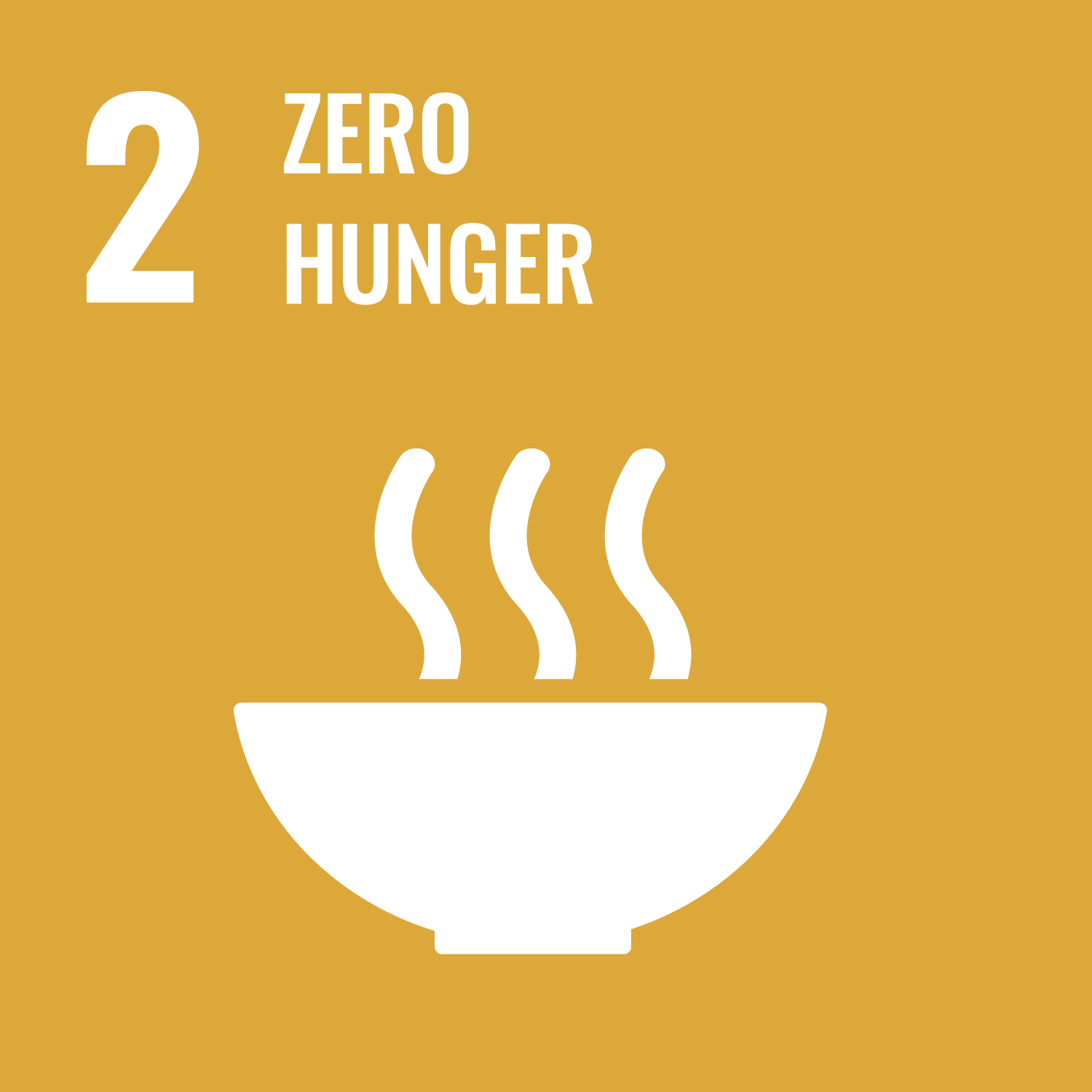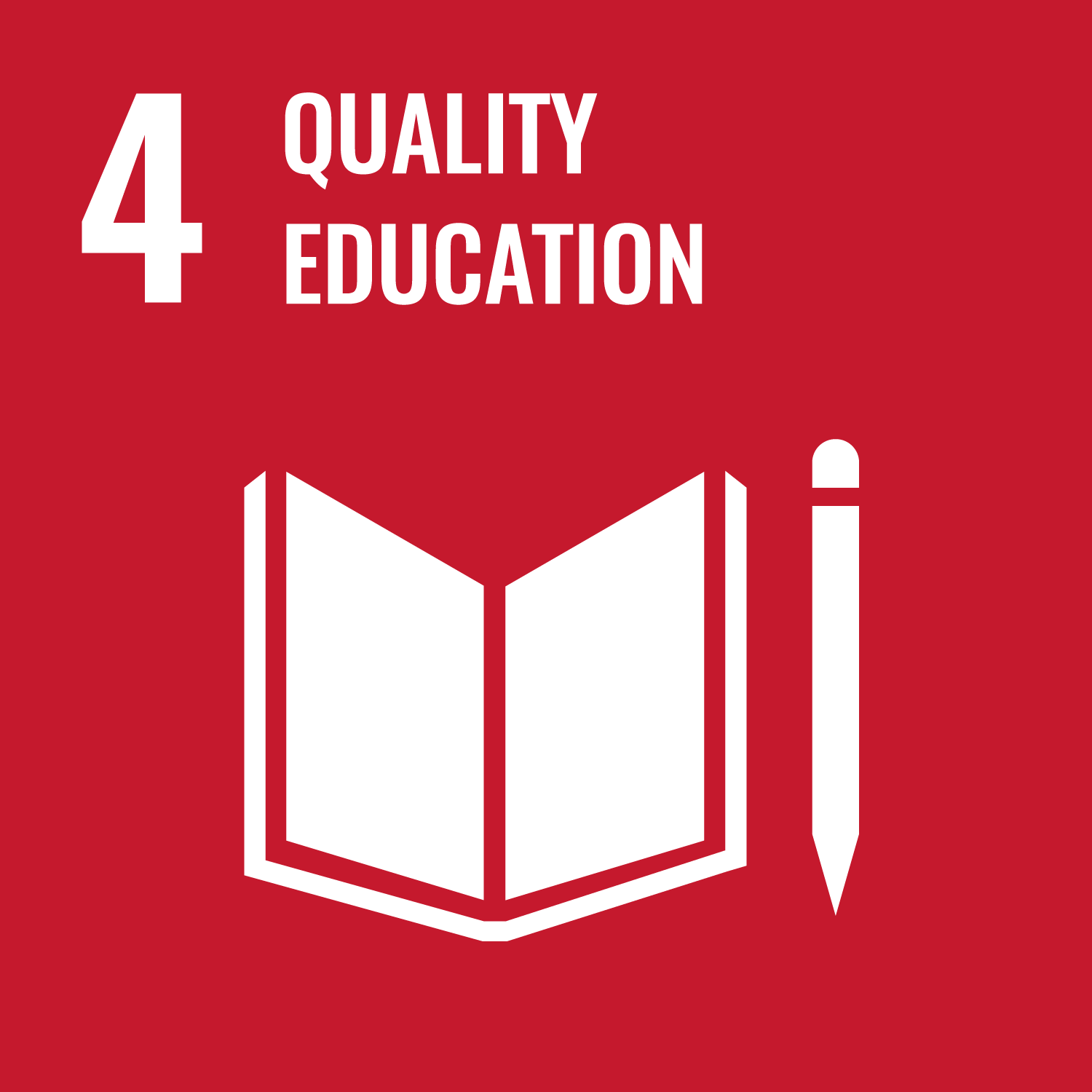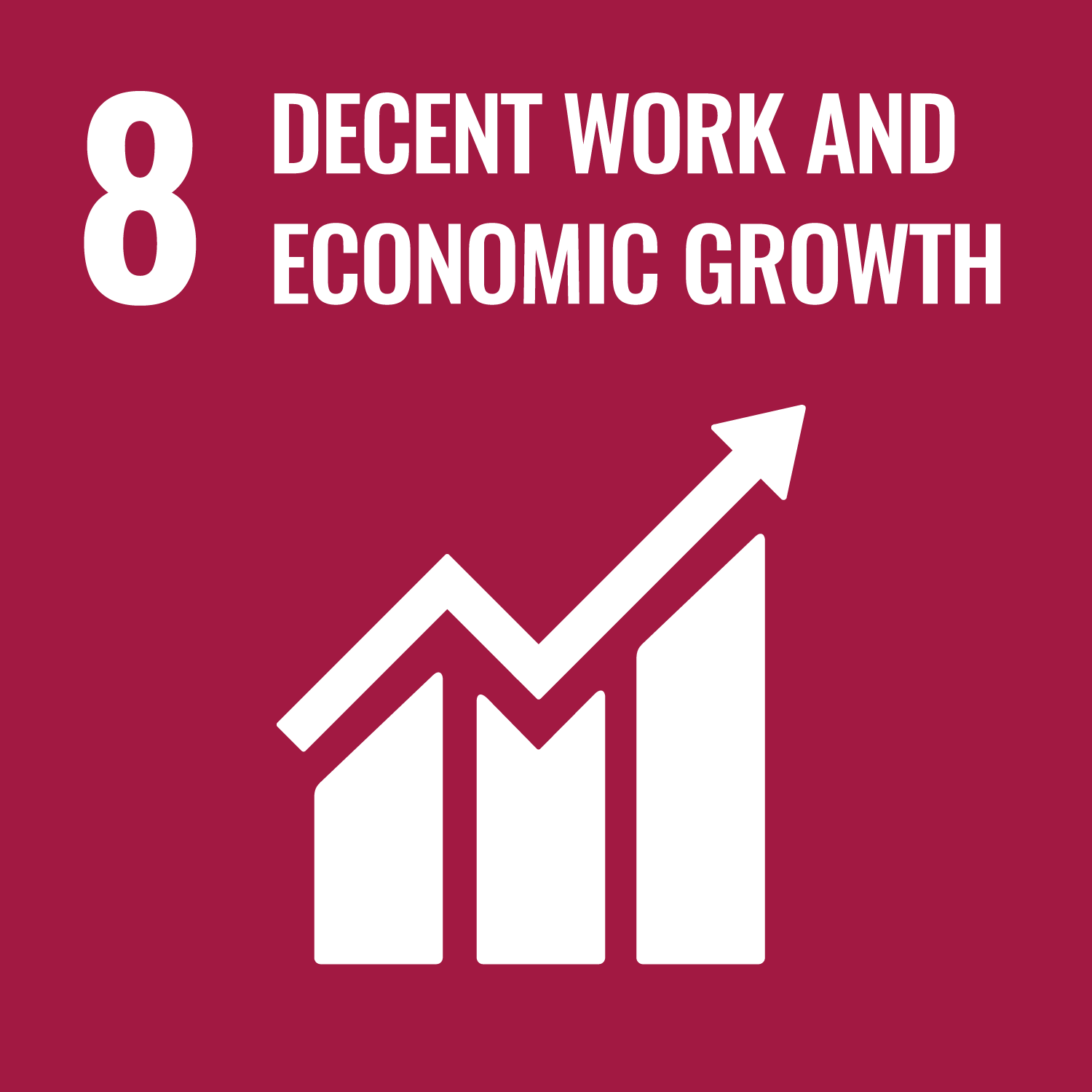FutureImpact
This project is also known as FutureU, Futures Advice
Aligned SDGs



General overview
Stage of development: Complete
Policy sector: Employment and training
Date outcomes contract signed: Sep 2018
Start date of service provision: Aug 2018
Anticipated completion date: Jul 2023
Capital raised (minimum): GBP 498k (USD 635.56k)
Max potential outcome payment: GBP 3.29m
Intervention
FutureImpact Coaches will work with young people with SEND and facing multiple barriers to:
• Complete an assessment and develop a Personal Action Plan, then review progress every 8-12 weeks
• To overcome problem behaviours
• Address barriers (including mental health, substance misuse, family, environmental, cultural, economic issues)
• Build capacity, resilience and confidence
• Identify ambitions/options for progress
• Achieve a range of EET (Education, Employment and Training) goals
• Sustain progression.
Target population
The goal for FutureImpact is to provide person-centred support to 16 – 24 year olds who have special educational needs and disability (SEND)/demonstrate complex needs, and young people (YP) aged 15 at high risk of becoming not in education, employment or training (NEET). All young people will have at least 2 Risk of NEET Indicators and will have additional risk factors and needs including exclusion, learning difficulties, mental health problems, substance misuse issues, homelessness and others.
Location
Country
- United Kingdom
Service delivery locations
- Nottingham City Council
- Nottinghamshire County Council
Involved organisations
Configuration of contracting parties:
- Direct contract between outcome payer and both provider/investors.
Commissioners/outcome payers
Service Providers
Investors
Intermediary organisations
Outcome metrics
- Metric 1: Initial wellbeing assessment
- Metric 2: Second wellbeing assessment
- Metric 3: Third wellbeing assessment
- Metric 4: Fourth wellbeing assessment
- Metric 5: Fifth wellbeing assessment
- Metric 6: Entry into Education or Training
- Metric 7: Individuals 1st Entry level 1, 2 and/or 3 qualification (inc Maths and English)
- Metric 8: NVQ level 1 or equivalent (inc Maths and English if not held)
- Metric 9: Individuals Full NVQ level 2 and above or equivalent or apprenticeship
- Metric 10: 13 weeks apprenticeship sustainment
- Metric 11: Entry into volunteering
- Metric 12: 13 weeks volunteering
- Metric 13: 26 weeks volunteering
- Metric 14: Entry into Full-time Employment
- Metric 15: 13 weeks full-time Employment
- Metric 16: 26 weeks full-time Employment
- Metric 17: Entry into part-time employment (inc zero hours contracts)
- Metric 18: 13 weeks part-time Employment
- Metric 19: 26 weeks part-time Employment
Results
FutureImpact started delivering services in August 2018 and finished in July 2023. Data was last updated in July 2023.
Outcome achievements
Overall target is based on the high case scenario defined in the Life Chances Fund Final Award Offer or Variation Agreements.
The graph above shows interim results for the project’s outcome achievements. Each bar represents a key participant outcome or metrics. Each metric is detailed above the graph (under the ‘Outcome metrics’ section of this page). Users can hover over the bars to access data on the expectations and achievements for that particular metric. Labels at the top of the bar represent the overall expectations for specific metrics, for the entire life of the project. The coloured section of the bar represents the project’s achievements so far.
Each bar takes the unit of analysis of the metric (if the metric is measured in number of individuals, the bar graph is representing individuals achieving that metric. If the metric is measured in weeks, the bar graph is representing weeks).
A note on targets (or expectations): the graph above shows the latest targets for the project. These targets are based on the best-case scenario expectations for every project. These targets may be different from the targets set at the start, as projects adapt to unexpected challenges or changes in circumstances. In addition, these targets could also work as a ‘cap’ for payments. We offer these parameters as a reference on outcome achievement projections. If projects are under implementation, they are not expected to have achieved any of these targets yet.
The service provider's comment on the graph above:
'The outcome metrics for FutureImpact were designed into 3 core areas – assessment, learning goals and employment goals. The project wanted to demonstrate that thorough assessment leads to good support around barriers, leading to demonstrable outcomes.
Initially the project only had full-time employment, after the 1st year we recognised that there were a lot of young people entering part-time employment which was very valid and a positive outcome for them as they may never be able to manage full-time employment which were then not counted or shown as outcomes. With the Board’s agreement we added in part-time employment as a metric. Volunteering was challenging to achieve, we had constructed this to be 13 and 26 weeks sustainment as we aimed for young people to achieve small number of hours consistently over a longer period of time. We learnt that this would have been better to take an hours approach where we aimed for young people to achieve an overall number of hours.
Outcome reporting is daily internally, however SIB reporting to the Life Chances Fund Data Portal is quarterly. This may have an impact in the graph above.'
Outcome payments
The graph above shows interim outcome payment results. The x-axis displays the years since the start date of the project to the anticipated completion date. The y-axis represents the value of the payments for outcomes realised by participants in the programme. The aim of this graph is to enable users to compare the initial expectations of the project against the actual value of the outcomes that were achieved.
The dotted lines represent the different plans that projects had at different moments- labelled as ‘Plans’ in the key. The data for these dotted lines (or single dotted line) comes from the outcome payment profiles that projects shared with the commissioners and their values represent expectations according to 'best-case scenarios' (if projects achieved as many outcomes as possible). There are different dotted lines as projects can renegotiate their payment plans as they face changes that affect delivery (such as the COVID pandemic) or adjust their expectations during the life of the project. Each dotted line is made of a set of points. Each point represents a quarter. Users can hover over those points and access data on the expectations for that quarter.
The solid line shows the outcome payments that the project already claimed and received- labelled as ‘Actual’ in the key. Squared points on the 'Actual' line indicate that the payment for that quarter was a COVID-19 medium-scenario grant. This was one of the temporary funding options offered to projects during the COVID-19 pandemic (this included activity payments based on projected medium-case performance scenarios). On the top-right corner, the ‘Plans’ and ‘Actual’ lines can be selected and deselected to change which lines appear in the graph.
A note on the representation of different payment profiles (or plans): when Life Chances Fund projects reprofile their payment plans, they use a template provided by the National Lottery Fund. When they complete data for the past quarters, some projects preferred to leave those cells blank, other preferred to repeat the previous expectations and other decided to complete those cells with data from actual payments. To avoid confusions around these different criteria, we start representing a plan from the moment when the plan is valid.
The service provider's comment on the graph above:
'Over the life of the programme, the delivery model largely remained consistent, however we did secure additional funding and added another strand approximately halfway through the 5 year program. Assessment was the biggest area where we adapted and flexed to learn from the model we had built from scratch - having found at project inception that there wasn’t an appropriate “off the shelf” model available to us.
During the pandemic we continued to deliver support, never at any point pausing the service or utilising furlough. We felt it was important to continue to support young people. The nature of the young people we were largely supporting meant that for many of them the lockdowns enabled them to continue in their preferred coping strategies to not mix socially or to have to leave their homes. We felt it was vital to continue those support relationships and bonds to enable some target setting and progress despite the pandemic impact. During the pandemic we were given a range of options by the commissioners and we chose to take a medium-scenario grant approach to funding (see squared points between June and September 2020). This essentially enabled us to claim a medium-scenario funding forecasted for that period through our profiles whether achieved or not. This did mean we couldn’t claim for over-achievement of outcomes which in fact did happen in a number of outcome areas.'
For more information, the project also has shared the following evaluation report.
Other resources
Spreadsheet of data
Important Notice and Disclaimer on INDIGO Data
INDIGO data are shared for research and policy analysis purposes. INDIGO data can be used to support a range of insights, for example, to understand the social outcomes that projects aim to improve, the network of organisations across projects, trends, scales, timelines and summary information. The collaborative system by which we collect, process, and share data is designed to advance data-sharing norms, harmonise data definitions and improve data use. These data are NOT shared for auditing, investment, or legal purposes. Please independently verify any data that you might use in decision making. We provide no guarantees or assurances as to the quality of these data. Data may be inaccurate, incomplete, inconsistent, and/or not current for various reasons: INDIGO is a collaborative and iterative initiative that mostly relies on projects all over the world volunteering to share their data. We have a system for processing information and try to attribute data to named sources, but we do not audit, cross-check, or verify all information provided to us. It takes time and resources to share data, which may not have been included in a project’s budget. Many of the projects are ongoing and timely updates may not be available. Different people may have different interpretations of data items and definitions. Even when data are high quality, interpretation or generalisation to different contexts may not be possible and/or requires additional information and/or expertise. Help us improve our data quality: email us at indigo@bsg.ox.ac.uk if you have data on new projects, changes or performance updates on current projects, clarifications or corrections on our data, and/or confidentiality or sensitivity notices. Please also give input via the INDIGO Data Definitions Improvement Tool and INDIGO Feedback Questionnaire.